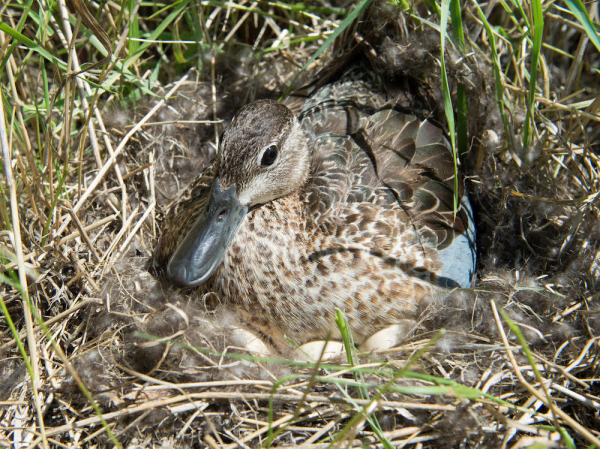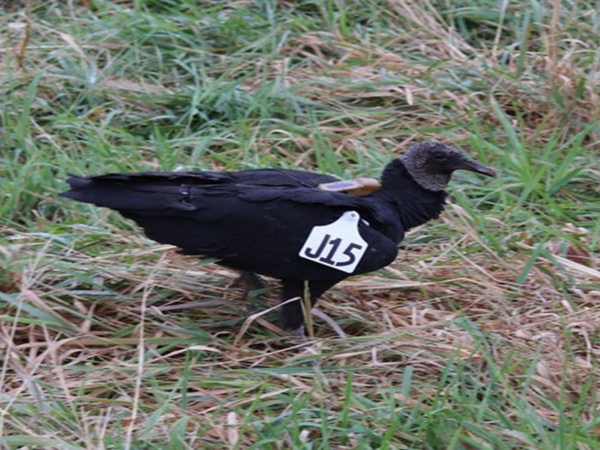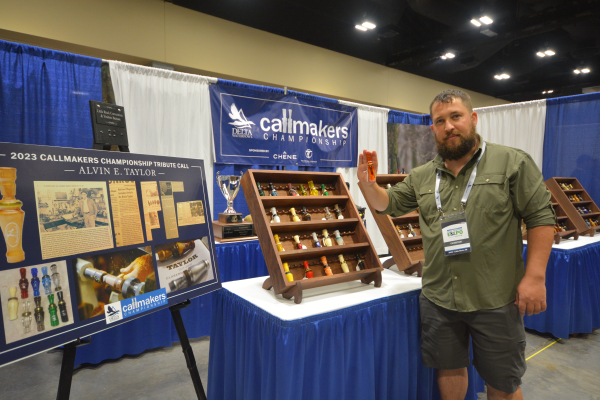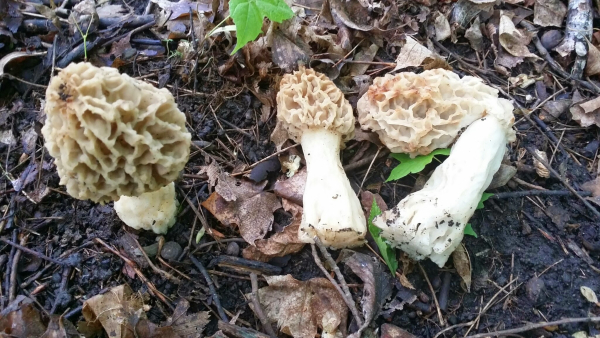Stacking the Deck Against Sportsment and Women
By Glen Wunderlich
Charter Member Professional Outdoor Media Association (POMA)
It didn’t take long for a contingent of Yoopers to react to Michigan’s Natural Resources Commission’s (NRC) ruling that closes coyote hunting for three months each year on state land. State Representatives Greg Markkanen (R) Hancock and Dave Prestin (R) Cedar River have announced HB 5721 to reestablish hunters’ rights by allowing coyote hunting year-round. It’s doubtful that their impassioned response will do any more than their recent proposal to create an Upper Peninsula NRC, which hasn’t received a hearing in the House Committee on Natural Resources controlled by Democrats.
As much as anyone may identify with their resolve, their methodology is exactly what Michigan voters were opposed to when they overwhelmingly passed the voter-initiated referendum of Proposal G in 1996, which aimed to take such decisions out of the hands of politicians.
“The commission has a responsibility and a legal charge to use the best available science,” remarked Michigan United Conservation Clubs Policy and Government Affairs Manager, Justin Tomei, in an article by Bridge Michigan. Tomei added, “We laid out a clear scientific argument for the use of lethal coyote management, via hunters, during the spring and summer months. Coyote management is most effective in the spring when you can actively control local predator populations, limit depredation, and increase deer densities. No scientific evidence has been presented to justify the closure of the coyote hunting season, and the NRC had an obligation to oppose this part of the order per Proposal G and the authority it provides to them.”
According to the Sportsmen’s Alliance (www.sportsmensalliance.org), there is another questionable methodology being employed by anti-hunting groups nationwide and it appears Michigan has fallen victim to their scheme. Paramount to their plan is the idea of “rewilding”, which removes hunters from the landscape altogether and instead allows predators to “control” populations of ungulates and other prey species. It’s a hands-off, preservationist view of wildlife management that overlooks man’s undeniable impact upon the ecosystems of North America. It’s a child-like fantasy that ignores science and history in favor of ideology and unproven promises.
They’ve expanded their reach beyond legislatures and now focus on fish and game commissions, which require minimal votes for a consensus. Examples include the state of Washington, where its commission is heavily weighted 7-2 in favor of preservationists bent on destroying the North American Model of Wildlife Conservation envied worldwide. Also, Colorado’s governor has appointed three espoused anti-hunters to its commission, while one of them withdrew his nomination. Vermont has faced similar challenges, as well.
As seasons for predators such as bears, coyotes, mountain lions, bobcats and wolves are regulated out of existence, so too is the critical funding from hunters’ licensing that provides genuine wildlife management.
Tennessee on the other hand has taken preemptive measures with HB 2263 requiring appointees to actually be involved in activities regulated by its commission, including hunting, fishing, trapping and boating. Furthermore, the bill states that the commission and agency shall support and promote those endeavors, including the management of predators through hunting and trapping, as preferred methods of wildlife management and conservation.
In Michigan, where our Governor Whitmer has appointed all of the NRC members, we’ve heard not a peep about how Michigan’s sportsmen and women have been played. We hear much today about threats to democracy and violating the people’s trust; this is what it looks like in our backyard.










